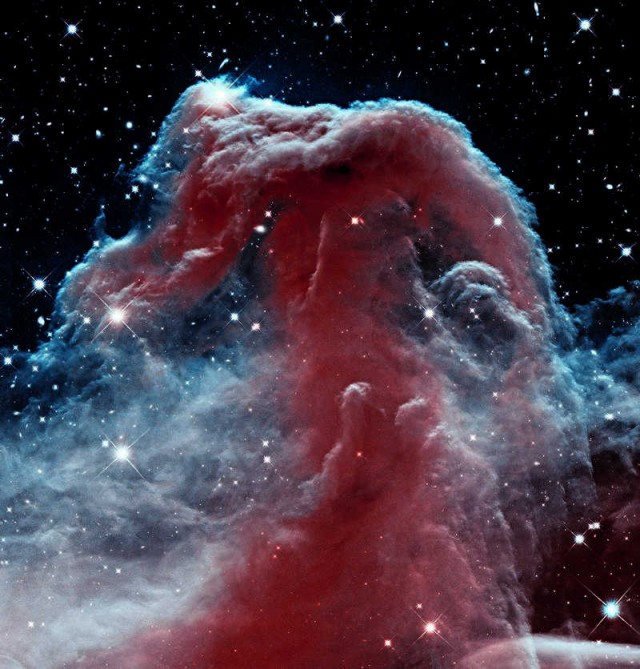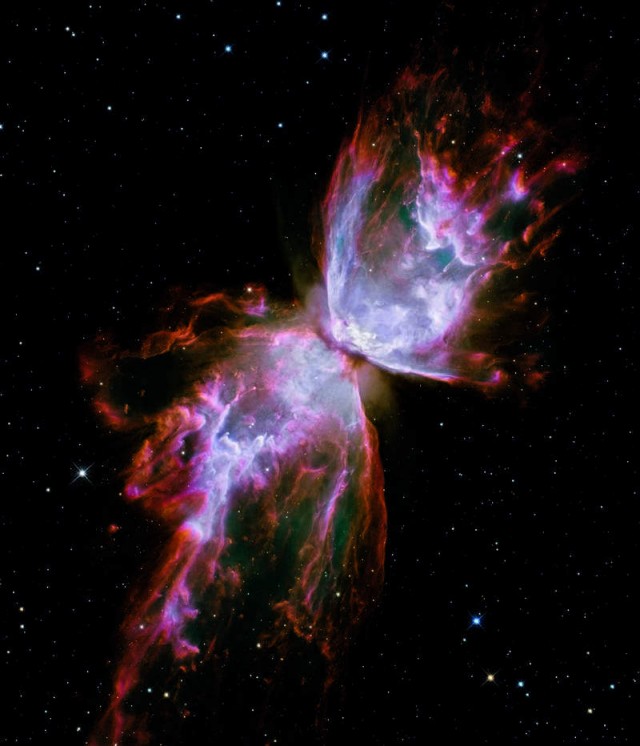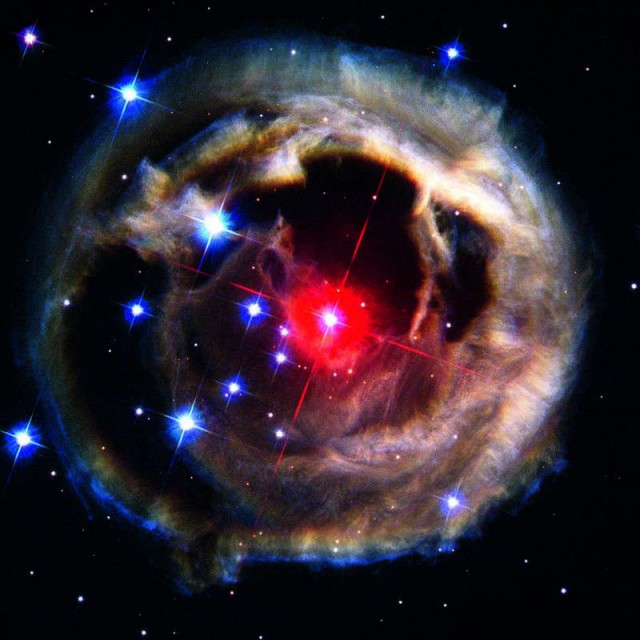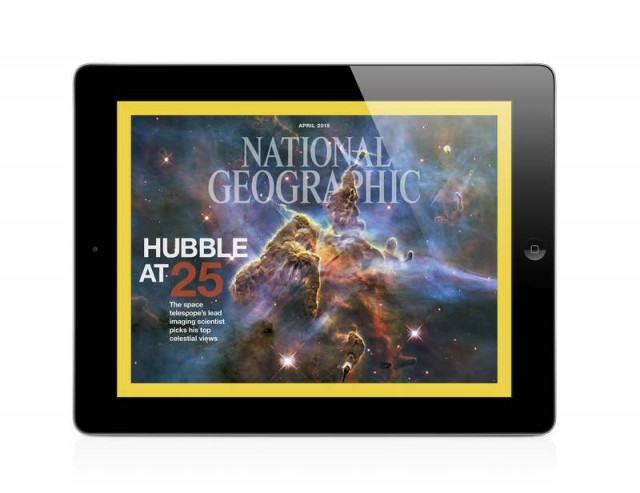National Geographic did a stunning coverage on Hubble Space Telescope, that its pictures have dazzled us for 25 years and change our view to the Cosmos.
Above: Echo of Light
Over several months in 2002, Hubble captured a cosmic spectacle—a ragged balloon of dust that appeared to expand around the star V838 Monocerotis. In reality, an expanding blast of the star’s light was illuminating the dust cloud. Credit NASA, ESA and H.E. Bond (STScI)/National Geographic
But Hubble’s images don’t come to us ready-made. That’s Zoltan Levay‘s responsibility. As the telescope’s imaging team leader at the Space Telescope Science Institute, he has been responsible for bringing us iconic views like the Pillars of Creation since 1993.

Star Power
Hubble’s Wide Field Camera 3 looks through the Horsehead Nebula in a uniquely detailed infrared image. A classic target of astronomy, the nebula normally appears dark against a bright background, but Hubble penetrates the shroud of interstellar dust and gas. Credit NASA, ESA, and the Hubble Heritage Team (STScI/AURA) / National Geographic

Celestial Wings
Gas from a dying star resembles a butterfly, its lacy wings formed by the ejection of its outer layers. Unique and colorful planetary nebulae like NGC 6302 have provided some of Hubble’s most popular images. Credit NASA, ESA, and the Hubble SM4 ERO Team / National Geographic
The images are from the April issue of National Geographic magazine. Credit National Geographic
source National Geographic







Leave A Comment